Big Portions, Big Problems
Understanding Obesity
Big Portions, Big Problems
Discrimination & Prejudice
Emotions & Eating
Exercise for Fitness & Weight Loss
Fast Food & the Obesity Epidemic
Health Issues Caused by Obesity
Looking & Feeling Good in Your Body
Nature & Nurture: The Causes of Obesity
No Quick Fix: Fad Diets & Weight-Loss Miracles
Surgery & Medicine for Weight Loss
Big Portions, Big Problems
Ellyn Sanna
Mason Crest
Mason Crest
450 Parkway Drive, Suite D
Broomall, PA 19008
www.masoncrest.com
Copyright 2015 by Mason Crest, an imprint of National Highlights, Inc. All rights reserved. No part of this publication may be reproduced or transmitted in any form or by any means, electronic or mechanical, including photocopying, recording, taping, or any information storage and retrieval system, without permission from the publisher.
Printed in the United States of America.
Series ISBN: 978-1-4222-3056-5
ISBN: 978-1-4222-3057-2
ebook ISBN: 978-1-4222-8840-5
Cataloging-in-Publication Data on file with the Library of Congress.
Contents
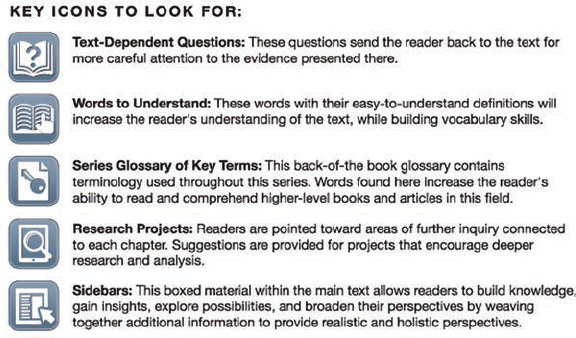
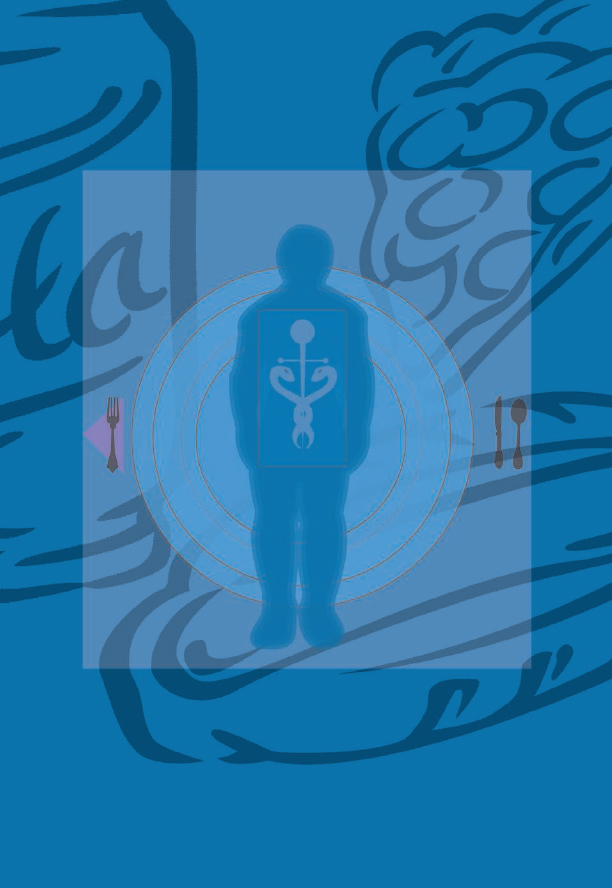
We as a society often reserve our harshest criticism for those conditions we understand the least. Such is the case with obesity. Obesity is a chronic and often-fatal disease that accounts for 300,000 deaths each year. It is second only to smoking as a cause of premature death in the United States. People suffering from obesity need understanding, support, and medical assistance. Yet what they often receive is scorn.
Today, children are the fastest growing segment of the obese population in the United States. This constitutes a public health crisis of enormous proportions. Living with childhood obesity affects self-esteem, employment, and attainment of higher education. But childhood obesity is much more than a social stigma. It has serious health consequences.
Childhood obesity increases the risk for poor health in adulthood and premature death. Depression, diabetes, asthma, gallstones, orthopedic diseases, and other obesity-related conditions are all on the rise in children. Over the last 20 years, more children are being diagnosed with type 2 diabetesa leading cause of preventable blindness, kidney failure, heart disease, stroke, and amputations. Obesity is undoubtedly the most pressing nutritional disorder among young people today.
This series is an excellent first step toward understanding the obesity crisis and profiling approaches for remedying it. If we are to reverse obesitys current trend, there must be family, community, and national objectives promoting healthy eating and exercise. As a nation, we must demand broad-based public-health initiatives to limit TV watching, curtail junk food advertising toward children, and promote physical activity. More than rhetoric, these need to be our rallying cry. Anything short of this will eventually fail, and within our lifetime obesity will become the leading cause of death in the United States if not in the world.
Victor F. Garcia, M.D.
Founder, Bariatric Surgery Center
Cincinnati Childrens Hospital Medical Center
Professor of Pediatrics and Surgery
School of Medicine
University of Cincinnati

Words to Understand

mass-produced: Manufactured in very large quantities, especially using mechanization and assembly-line methods.
profit margins: The amounts by which income exceeds expenses.
agricultural subsidies: Money given by the government to farmers to help support them.
intrinsic: Belonging to something as one of its basic and essential elements.
Jennifer Scott isnt fat. Neither is Jared, her fifteen-year-old younger brother. And their little sister Caitlyn is a skinny little stick. So the Scotts dont worry much when they hear that America is in the midst of an obesity crisis. They eat whatever they want, and unlike many Americans, they dont worry about Calories, carbs, or fats.
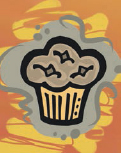 Too Busy to Cook
Too Busy to Cook
Like many teens, the Scotts love fast food. Whats more, with their family always on the go, fast food provides a handy solution for hurried suppers or meals on the road. Mr. Scott is a computer engineer; Mrs. Scott is a college professor; and neither parent gets home from work before 5:30 or 6:00 in the evening. Between Jareds sports, Jennifers violin lessons and orchestra rehearsals, and Caitlyns after-school art classes, most weeknights the family is dashing from place to place.
Even if Mr. or Mrs. Scott has a chance to make supper at home, chances are at least one member of the family wont have time to eat it; the Scotts usually end up making a fast swing through the drive-thru so no ones starving. On weekends, the Scotts make lots of trips to visit both sets of grand-parents, who live out of town in opposite ends of the state. To save time, the family often eats on their way, usually at one of their favorite fast-food places. If theyre really rushed, they just eat in the car and keep right on driving. Sometimes Mrs. Scott complains that they never eat real foodbut shes just too busy to know what else to do.
Over two-thirds69.2 percentof all adult Americans are overweight or obese.

The Scotts have a supersized lifestyle, one thats jam-packed with activities. Theyre busy, successful people, involved with the world around them. And thats good, right? So what if they dont have time to eat like folks did back in the fifties and sixties, in the days of Leave It to Beaver and Father Knows Best? Life is bigger and faster now. Fast food is just one of the many adaptations people have had to make in order to cope with the realities of modern life. At least thats what Mr. and Mrs. Scott tell themselves. And its not so bad, after all. The food is fast and convenientand it tastes good.
 Make Connections: The Measurement of Food Energy
Make Connections: The Measurement of Food Energy
A Calorie is a thermal unit of energy; in other words, its a way to measure the heat produced by a specific substance. Calorie with a capital C stands for large calorie or kilogram calorie. This is the type of Calorie used to measure the energy in food. One Calorie is equal to the amount of energy it would take to heat one kilogram of water (approximately one liter or four and a quarter cups) one degree Celsius. There is also a measurement known as a small calorie, or calorie with a lowercase c. This type of calorie is used in chemistry, physics, and other disciplines that need to accurately measure tiny amounts of heat. A small calorie is the amount of heat it takes to heat one gram of waterone milliliter or about 20 drops from an eyedropperone degree Celsius. A single food Calorie contains one thousand small calories.
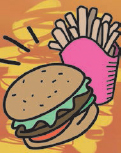
Next page

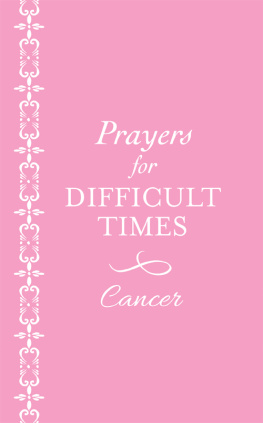



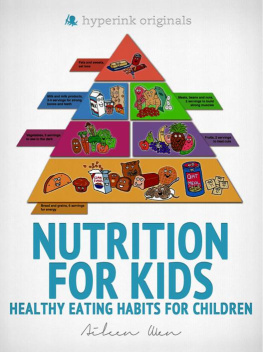
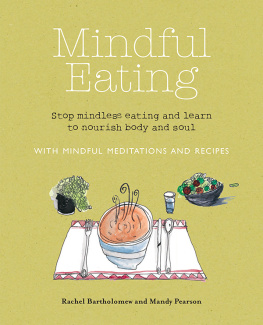
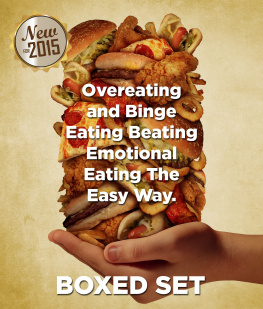
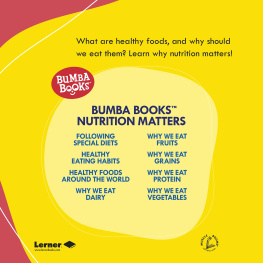

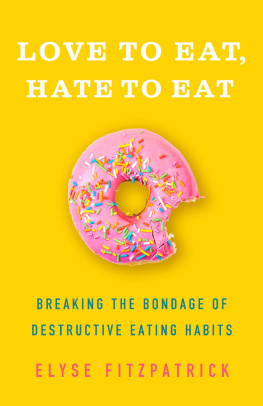
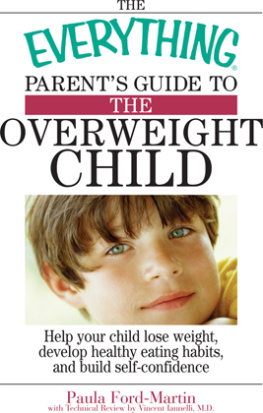

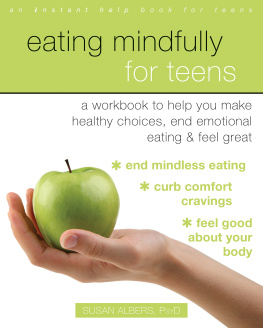
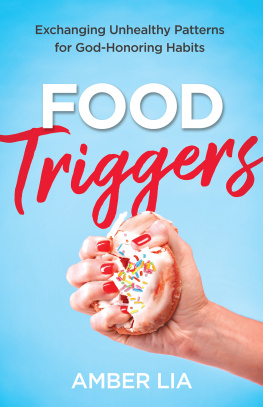





 Too Busy to Cook
Too Busy to Cook
 Make Connections: The Measurement of Food Energy
Make Connections: The Measurement of Food Energy